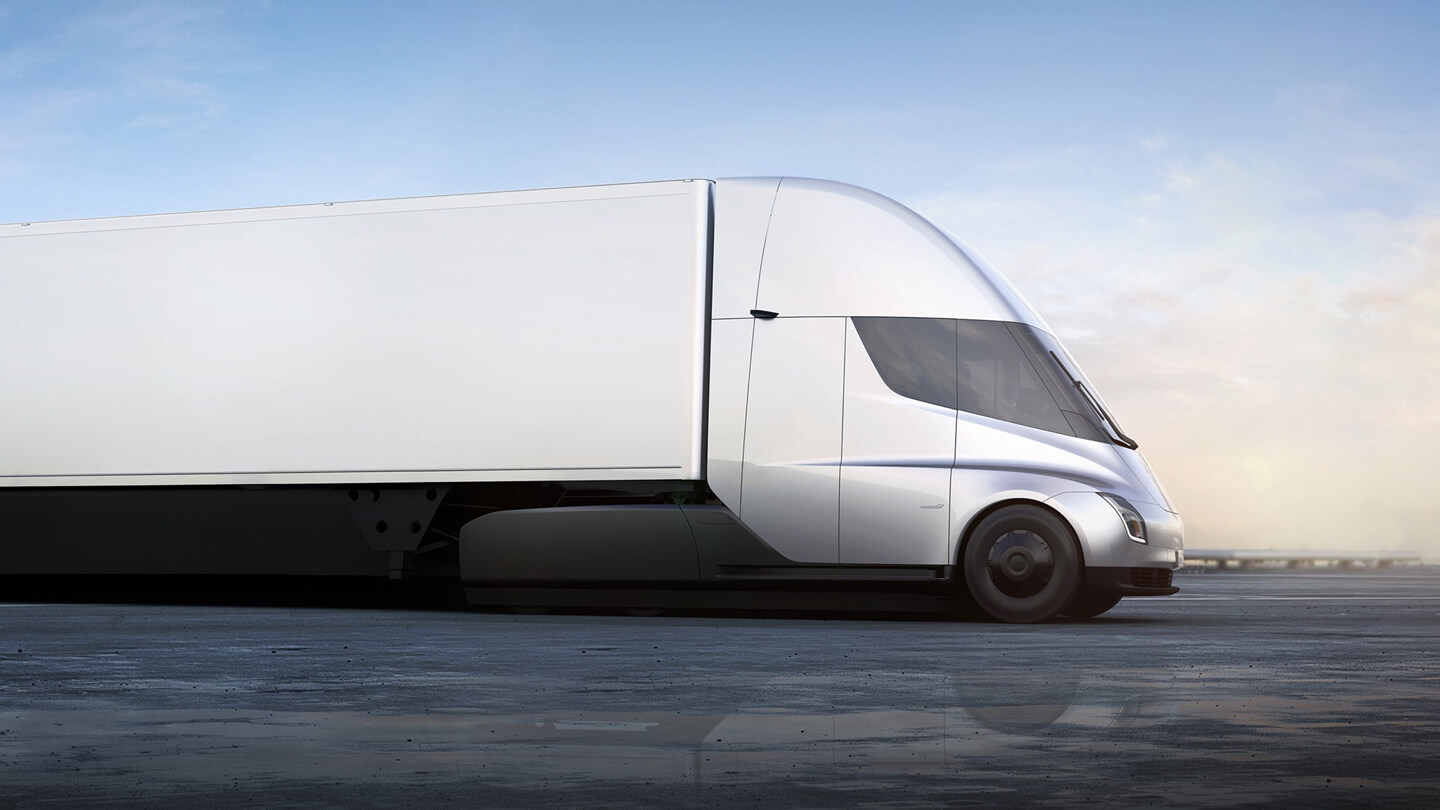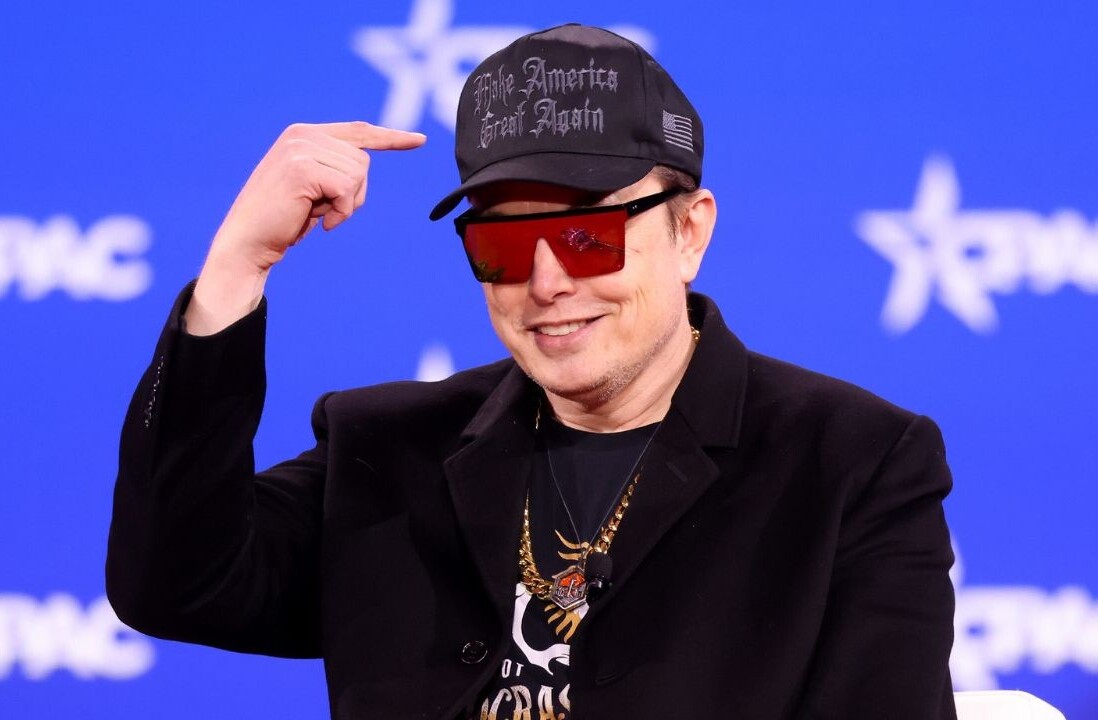
Elon Musk had a lot to share on Tesla’s last earnings call yesterday. Before we move on to the stuff you should know, let’s observe a moment of silence for what was probably the “last” earnings call he’d participate in for the company.
That’s from Musk himself, who cited that “most likely [he] will not be on earnings calls.”
Right, with that out of the way, let’s get into it.
1. More than $1 billion in profit
Tesla reported $1.14 billion in (GAAP) net income for the Q2 of 2021 — the first time it has surpassed $1 billion.
The automaker’s revenue jumped to $11.96 billion from $6.04 billion year-over-year, while the profit per share rose to $1.45, exceeding analyst expectations by Refinitiv, who had foreseen a profit of 98 cents per share.
The ten-fold increase in revenue, however, isn’t the only impressive outcome.
Tesla’s profitability has previously relied on selling environmental regulatory credits to other automakers. Now, for the first time since the end of 2019, the firm’s financial gain was secured without them and mainly derived from vehicle sales.
As per the company, the operating income increased thanks to volume growth and cost reduction, which counterbalanced higher supply chain costs, lower regulatory credit revenue, and the $23 million loss related to the Bitcoin investment.
2. Don’t expect Tesla trucks any time soon
Tesla shifted — again — the launch of its electric Semi truck to 2022, due to “limited availability of battery cells” and the company’s decision to focus on the operation of its factories.

Given that the Semi truck has been promised since 2017, I’m not holding my breath too much.
What’s more, Elon Musk didn’t provide any details about the timing of the Cybertruck either, noting that the global chip shortage remains a serious issue affecting manufacturing.
3. How non-Tesla cars will use the Supercharger network
Last week, Musk announced on Twitter that the exclusive Supercharger network will open for other EVs as well.
We created our own connector, as there was no standard back then & Tesla was only maker of long range electric cars.
It’s one fairly slim connector for both low & high power charging.
That said, we’re making our Supercharger network open to other EVs later this year.
— Elon Musk (@elonmusk) July 20, 2021
On Monday’s call he spelled out how this change will work.
The first and most essential step is downloading the Tesla app, though which the whole process will take place.
For EVs that don’t support fast charging, the longer charge time will cost drivers more — which was to be expected.
Tesla will also introduce dynamic pricing, meaning that charging during “rush hours” will cost more than when a station is empty.
In North America, where Tesla cars use a different connector than other vehicles, an adaptor for non-Teslas will be provided at the stations, as long as there aren’t troubling incidents of theft, Musk said.
Finally, he emphasized the need to expand the network even further in order to avoid long waiting times and crowded stations.
If you’re interested in Tesla’s official earnings report, you can find it here.
Do EVs excite your electrons? Do ebikes get your wheels spinning? Do self-driving cars get you all charged up?
Then you need the weekly SHIFT newsletter in your life. Click here to sign up.
Get the TNW newsletter
Get the most important tech news in your inbox each week.




